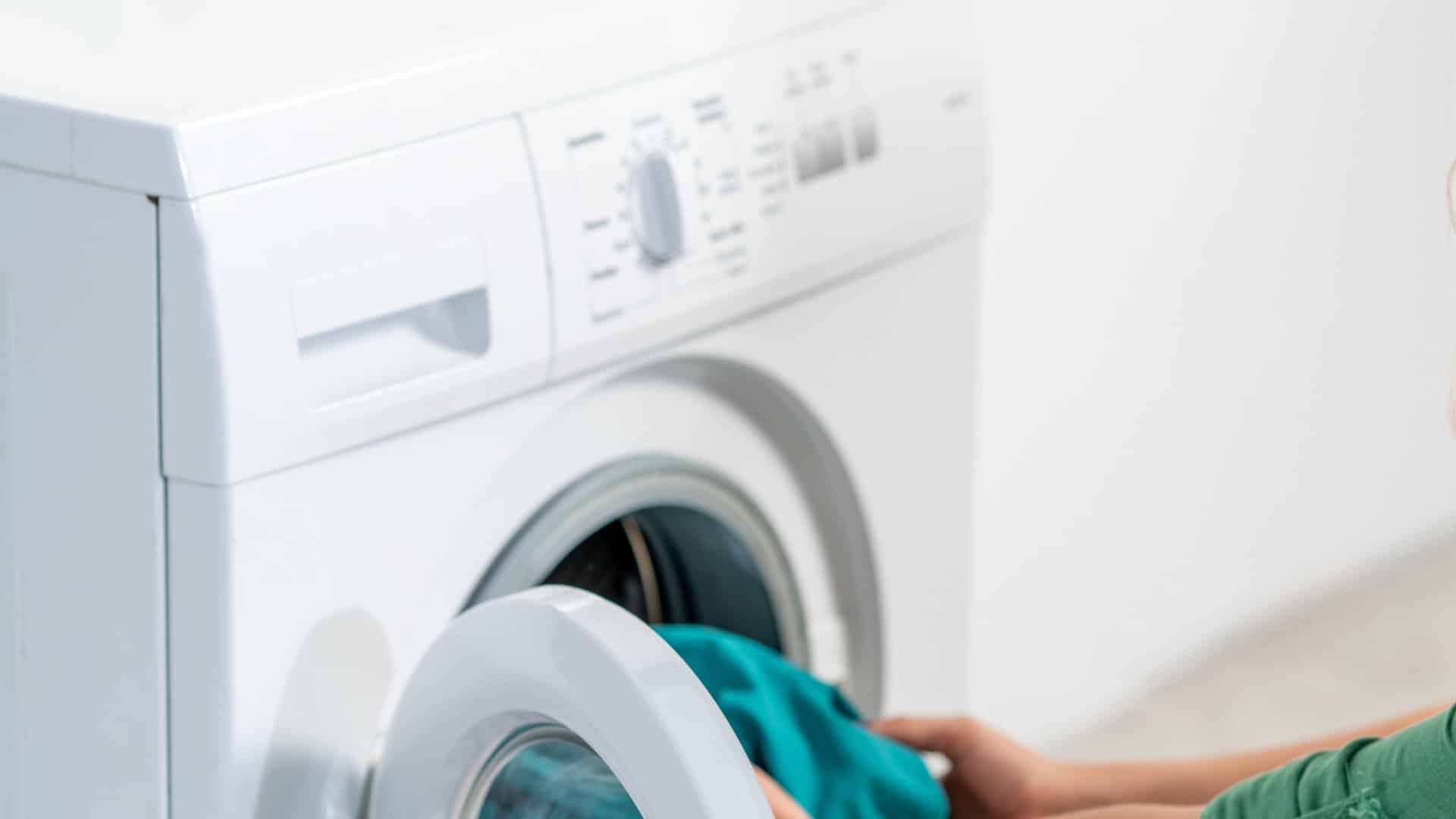
Is your washer not working? Don’t worry. Simply go through this step-by-step guide, and we’ll help you find the cause of the problem and then tell you how to fix it.
Regardless of the specific make and model of your washer, this guide will help you since most washers are built very similarly and contain many of the same parts.
Please note that for most of these steps you will require a multimeter to carry out electrical tests.
Step 1 – Check the power supply
When your washer isn’t working, the best place to start is to check that your appliance is receiving power. This is especially true if your washer is unable to turn on at all. If your washer can turn on, you can skip this step and proceed to the next step in this guide.
Here is the best way to check the power supply:
- Plug your washer into a different power socket than the one it is currently in. If your washer works in an alternative power socket, this means the original is defective and will need to be repaired or replaced.
- If plugging the washer into a different socket still doesn’t let you turn on the washer, the next task is to go to your fuse box and check the circuit breaker that is responsible for supplying power to your washer. If the circuit breaker has turned off, turn it back on and then check if the washer works.
- If the circuit breaker is on and/or turning it back on still doesn’t turn the washer on, the next task is to test the circuit breaker with a multimeter. If defective, the circuit breaker will need to be replaced.
Step 2 – Test the control board
If the display board is lighting up but your washer is not working, this means that your washer is getting power, so the problem is with an internal component. The first component to check is the control/display board.
Here’s what you need to do:
- Try to press each button on the control panel to see if it works.
- If you find that only random buttons work but not all of them, it’s probably a good idea to replace the control panel and board. However, before doing that you should test the control board.
- To test the control board, you will need to switch the power off, remove the top panel of your washer, locate the board, and then test it with a multimeter for continuity.
- If faulty, the control board will need to be replaced. If it has continuity, the control board doesn’t need to be replaced.
- If you do replace the control board, once it’s installed check that your washer is working again. If not, you will need to test the next component in this guide.
Step 3 – Test the line fuse
The next component to check is the line fuse. The line fuse helps to prevent your washer from overheating. When it overloads, it blows, causing your washer to stop working.
To test the line fuse, you need to:
- Switch the power to your washer off.
- Locate the line fuse. You’ll need to remove the top panel (for top loaders) and possibly other panels to access it. Since each washer is built slightly differently, check your user manual for the location of the line fuse.
- Once located, test the line fuse with your multimeter.
- If you find the fuse doesn’t have continuity, replace it. If it has continuity, move on to the next step.
- As soon as the new fuse is installed, check if your washer is working again. If not, move on to the next step.
Step 4 – Test the thermal fuse
Depending on your washer, it may have a thermal fuse (check your user manual to find out if your washer has one). The role of the thermal fuse is to turn your washer off when it overheats. Sometimes it can do this when it shouldn’t, and your washer won’t work.
To test the thermal fuse, you need to:
- Switch the power to your washer off.
- Locate the thermal fuse. You’ll need to remove the top panel (for top loaders) and possibly other panels to access it. Since each washer is built slightly differently, check your user manual for the location of the thermal fuse.
- Once located, test the thermal fuse with your multimeter.
- If you find the thermal fuse doesn’t have continuity, replace it. If it has continuity, move on to the next step.
- As soon as the new thermal fuse is installed, check if your washer is working again. If not, move on to the next step.
Step 5 – Test the door lock
Another possible reason your washer is not working is a faulty door lock. The door lock is there to ensure your door is closed before the washer turns on. If the lock becomes faulty, your washer might not start.
Here’s how to test the door lock.
- Make sure the power has been switched off.
- Locate the door lock. You’ll need to remove some of the washer’s panels to access it. Since each washer is built slightly differently, check your user manual for instructions.
- Once located, test the door lock with your multimeter.
- If you find the door lock doesn’t have continuity, replace it. If it has continuity, move on to the next step.
- As soon as the new door lock is installed, check if your washer is now working. If not, move on to the next step.
Step 6 – Test the timer
The next component to test is the timer. The timer communicates with the control board so it knows when to turn other components on and off. If the timer becomes faulty, your washer might not work.
Here’s how to test the timer:
- Make sure the power has been switched off.
- Locate the timer. You’ll need to remove some of the washer’s panels to access it. Since each washer is built slightly differently, check your user manual for instructions.
- Once located, test the timer with your multimeter.
- If you find the timer doesn’t have continuity, replace it. If it has continuity, move on to the next step.
- As soon as the new timer is installed, check if your washer is working again. If not, move on to the final step.
Step 7 – Install a new main control board
If you’ve gotten to the end of this guide and still haven’t found the cause of the problem, your final option is to replace the main control board. The main control board is difficult to test, so the best option is to just replace it and hope your washer starts working again. Alternatively, you could get a technician to come and inspect your washer, or you may decide to purchase a new washer.

Why Is My Microwave Sparking?
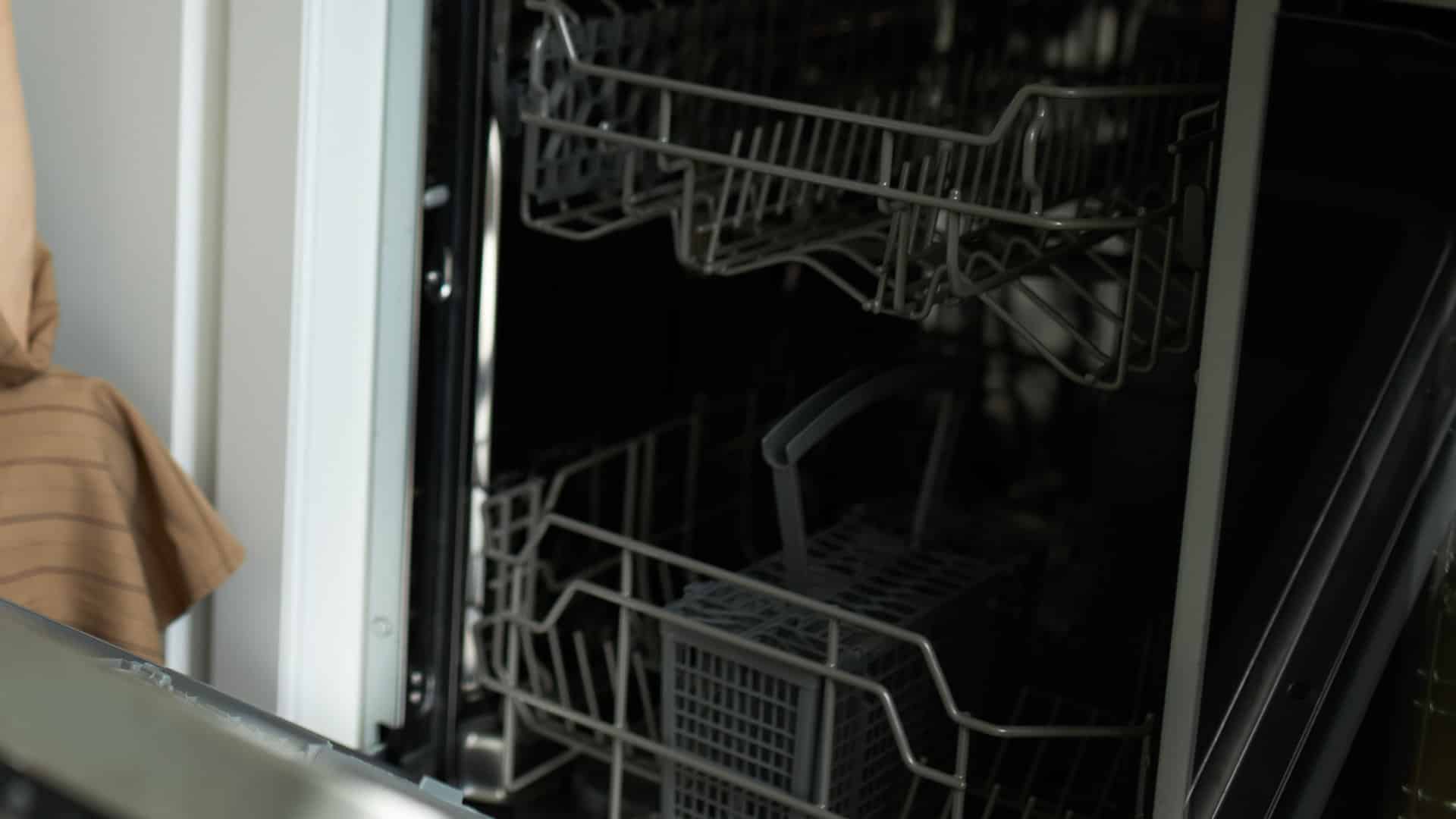
Understanding Frigidaire Dishwasher Error Codes

How to Dry Shoes in Dryer Without Damaging Them
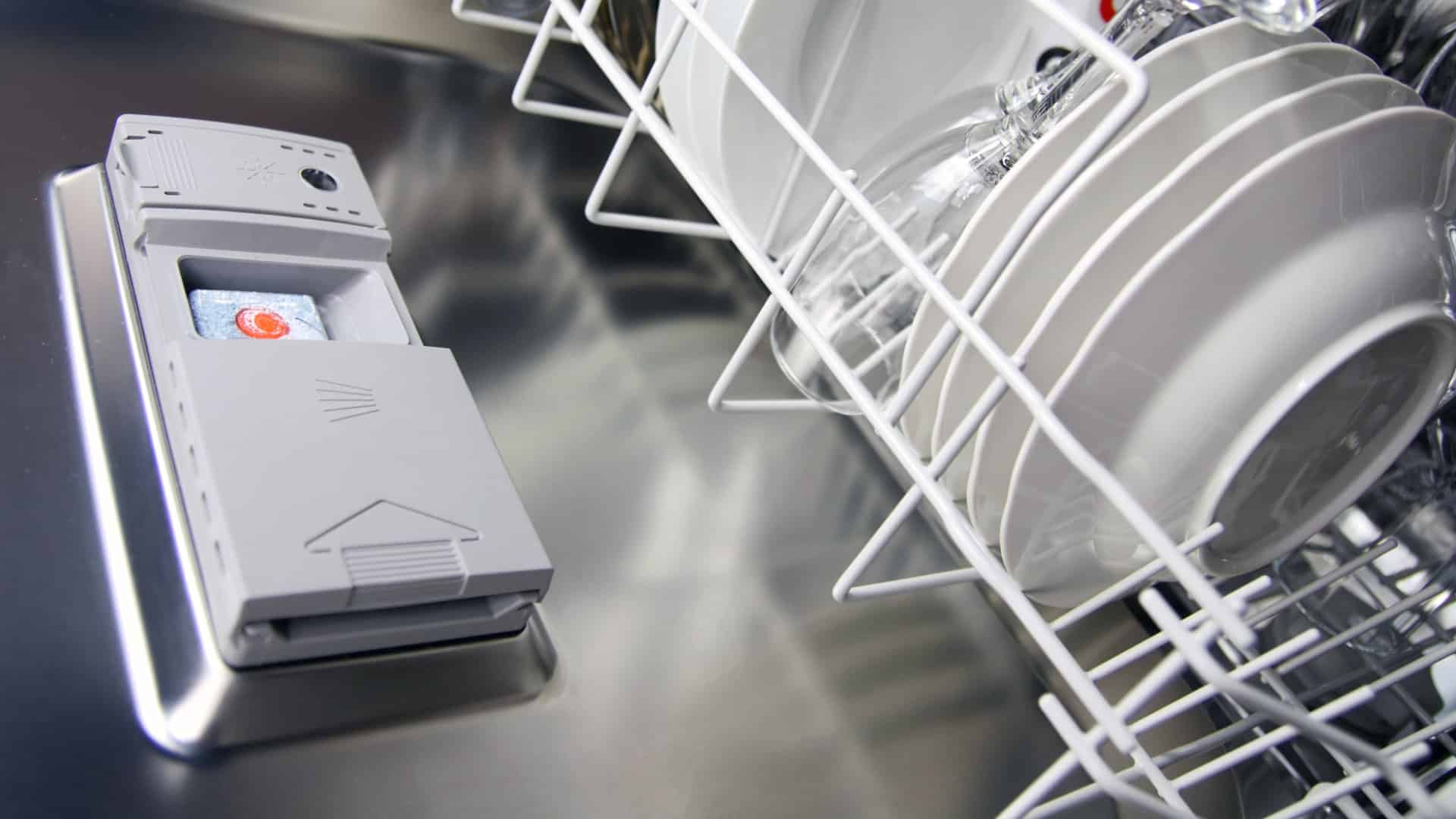
Why Is My Dishwasher Leaking?

How to Solve Electrolux Dryer Error Code E64
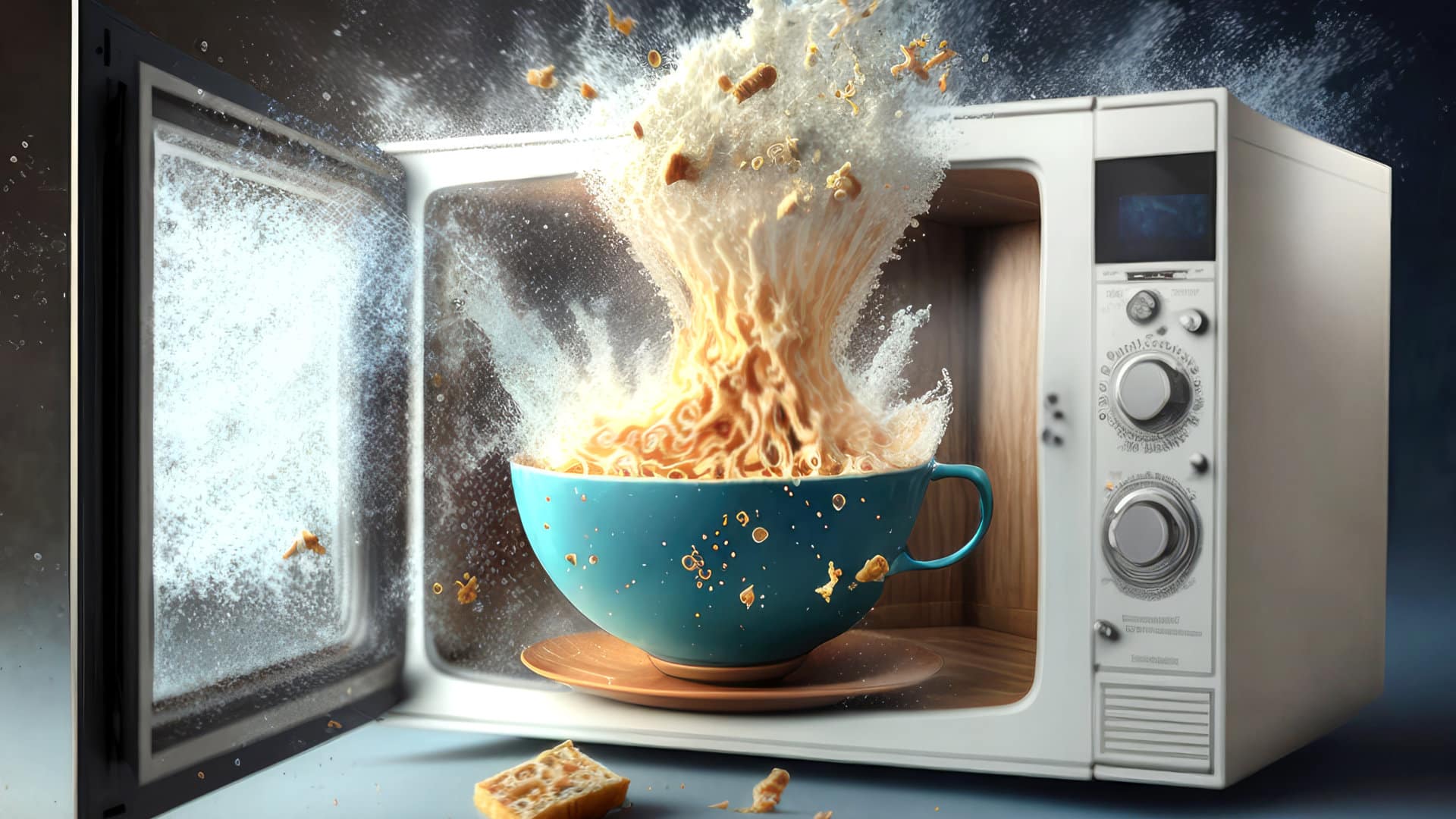
Microwave Light Won’t Turn Off? Here’s Why
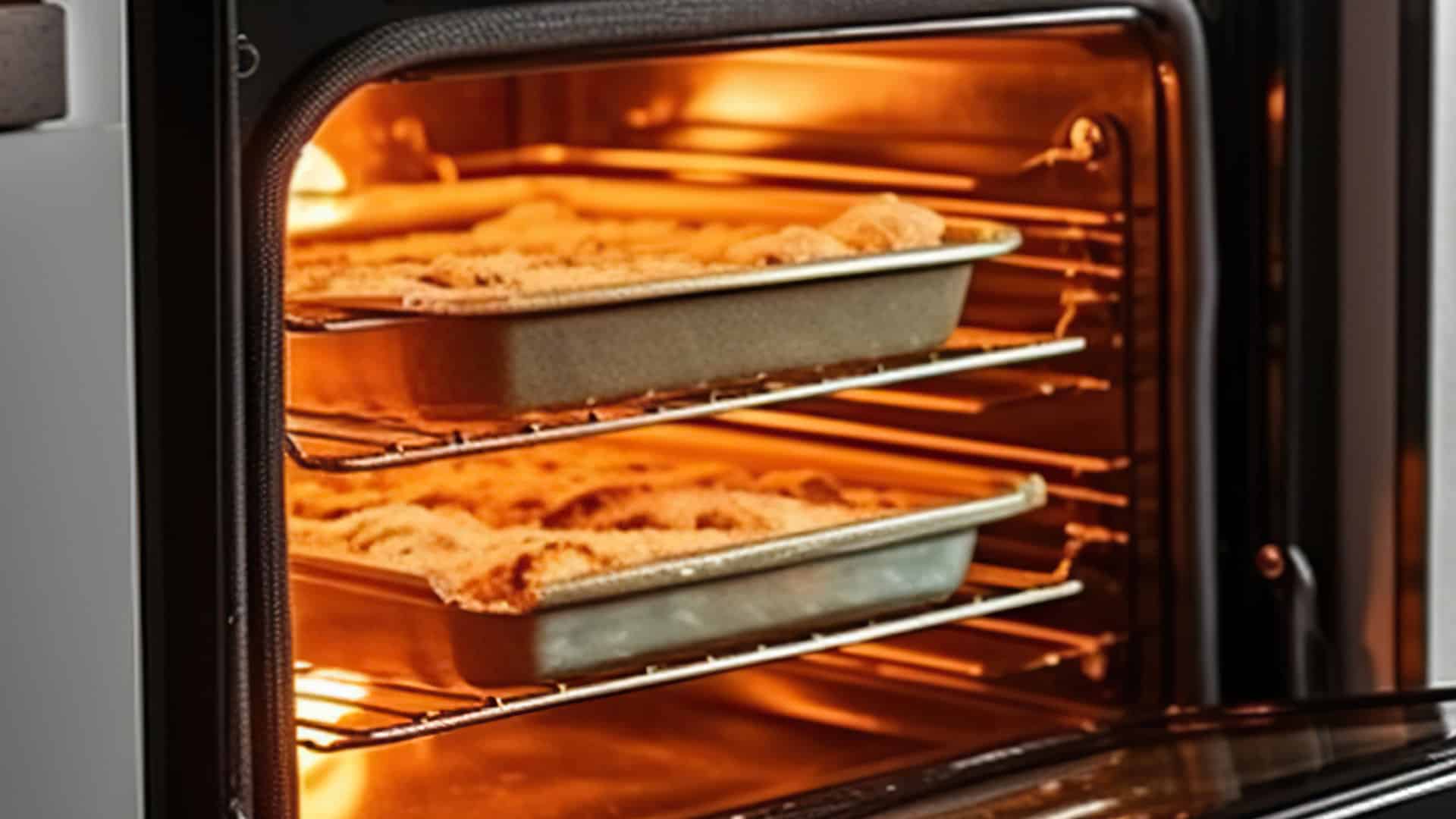
GE Oven F9 Error Code: How to Fix It

How to Use a Self-Cleaning Oven (In 4 Steps)

How To Use a Maytag Top-Load Washing Machine
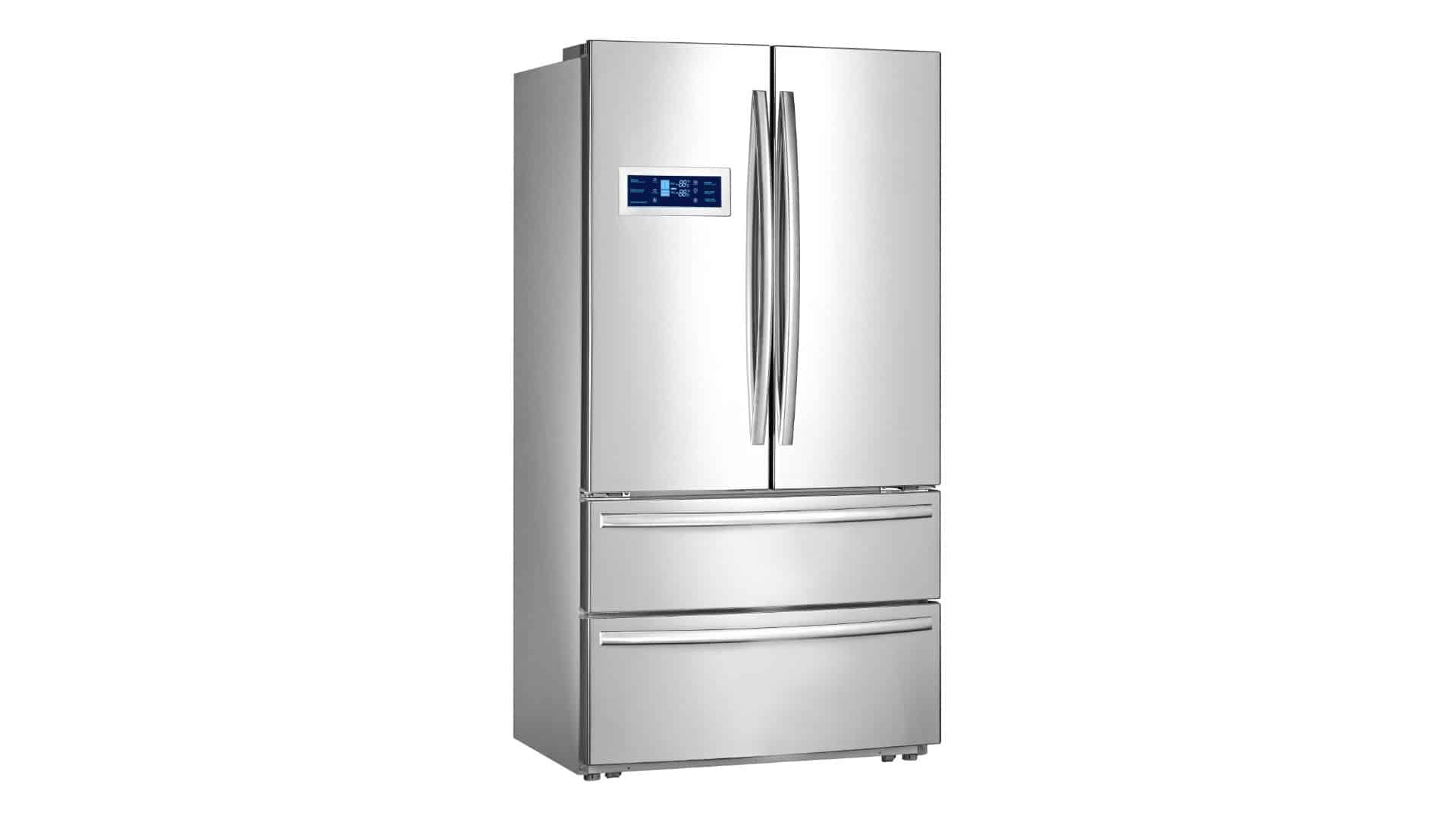
What to Do If Your Samsung Ice Maker Is Not Making Ice

How to Fix a Microwave Turntable That’s Not Turning

How to Wash Pillows in a Washing Machine

How to Fix an Ice Maker That Isn’t Working
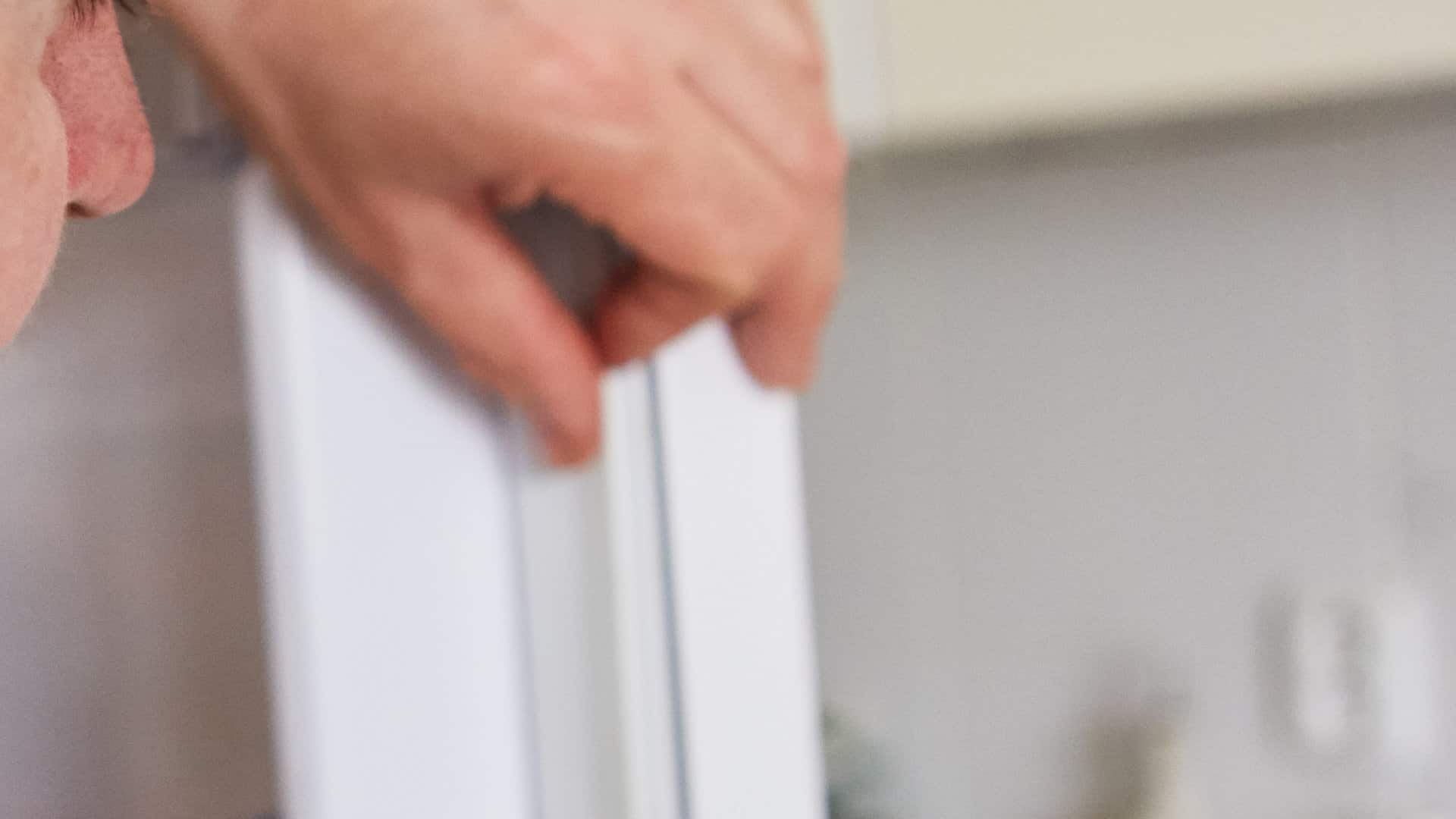
Broken Refrigerator Door Seal? How To Fix It


